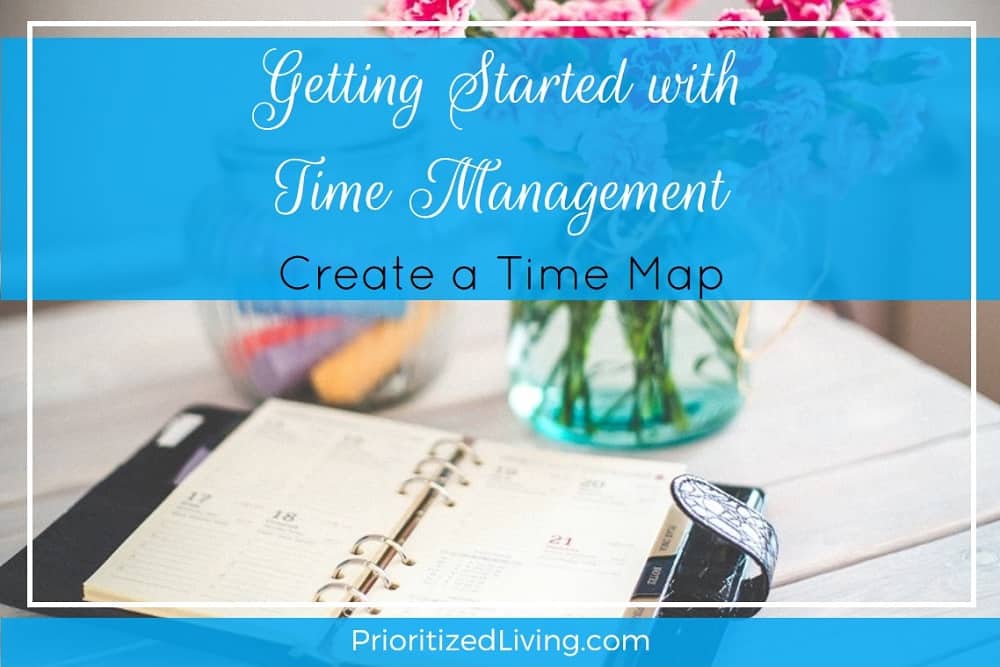You now have a comprehensive list of what you need to do, what you want to do, and estimates for each activity. You’ve also got documentation on your where your time currently goes. It’s time to put it all together!
Enter the time map.
Some people refer to this same tool as a time budget, drawing a nice analogy between planning your time and planning your spending. Either way, the concept is the same — you plan out your day or week by creating a personalized schedule for yourself. Here’s the process:
1. Start with an empty time map.
Create a grid with each day of the week across the top and blocks of time down the side. Even easier — download my time mapping worksheet!
2. Fill in the necessities.
Maybe you work from 8 to 5 every weekday. You have a standing Saturday night date with your spouse. Sunday morning you spend in church and with family. Wednesday night is sports practice for you kid. In your blank time map, block off all standing, unmovable activities you have in your schedule.
Tip: Include sleep in your schedule or you’ll wind up scheduling your tasks into the wee hours of the morning.
3. Match empty blocks of time to groups of activities.
Place your lists of activities next to your partially-completed time map so you can start fitting your tasks to your schedule like putting pieces into a puzzle.
Don’t try to fit a square peg into a round hole.
If you ascertained that your weekly errands typically run you two hours, don’t try to squeeze that into a 1.5-hour block of time on your schedule.
Consider the time of day.
Just because you have a 30-minute chunk of availability at 9 P.M. doesn’t necessarily mean that you should schedule a run at that time. If you’re typically exhausted, facing a mountain of dishes, or not willing to go out in the dark, your scheduled 9 P.M. run won’t ever happen.
4. Fill it up.
Uh-oh, everything doesn’t fit? See what activities you can eliminate, delay, delegate, or do adequately in less time. In order to make your schedule usable, don’t be too specific in blocking out your time. Create a block of time for “errands,” which can encapsulate whatever a given week’s errands may be.
5. Live in it and revise.
Live according to your time map. See what works and what doesn’t; then tweak your schedule accordingly. If your needs change — like if your work schedule changes or your kid starts dance lessons — adapt your time map.


Leave a Reply